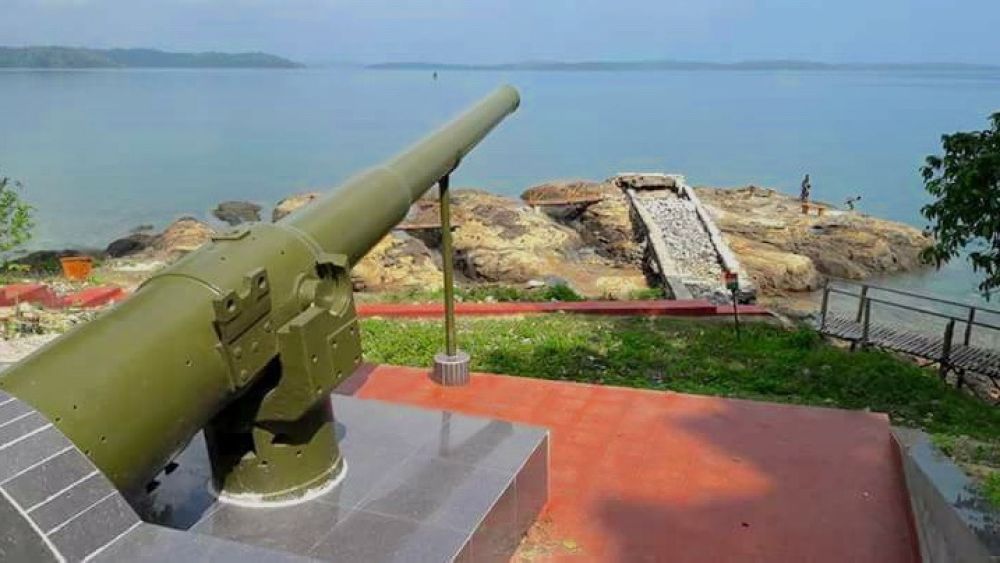

The history of tourism in Mayabunder, located in the northern part of the Andaman and Nicobar Islands of India, is intertwined with the archipelago's colonial past and subsequent development. Originally inhabited by indigenous tribes, the Andaman and Nicobar Islands saw their first tourists with the arrival of colonial forces. However, it was not until the late 20th century that Mayabunder started to gain popularity as a tourist destination.
During the British colonial era, the Andaman and Nicobar Islands were primarily used for penal settlements. Visitors were few, and their travel was mostly related to administration and the penal system. After independence, tourism began to slowly develop with the recognition of the islands' unique biodiversity and stunning beaches.
The government of India and the tourism department recognized the tourism potential of these islands and started developing basic infrastructure to promote tourism in the 1970s and 1980s. However, Mayabunder was still off the main tourism radar due to the more prominent locations like Port Blair and the southern islands gaining attention for their pristine beaches and historical significance.
In recent years, Mayabunder has come into its own as an eco-tourism spot. Emphasizing its unspoiled beaches, such as Karmatang Beach, and the unique experience of witnessing turtle nesting, Mayabunder began attracting tourists who were looking for a more offbeat and tranquil experience away from the hubbub of the more commercialized zones in the islands.
Currently, sustainable tourism practices are being promoted by local authorities and businesses, with a focus on preserving the natural environment and contributing to the welfare of local communities. Activities such as scuba diving, snorkeling, and trekking attract adventure enthusiasts, while the laid-back atmosphere and cultural experiences appeal to those looking to explore the local way of life. The trend now is towards creating immersive experiences for tourists who seek to learn and engage with the places they visit on a deeper level.
Accessibility to Mayabunder has also improved, with better road connectivity and ferry services, although it still remains somewhat remote compared to other parts of the islands. This remoteness is, in fact, one of Mayabunder's charms and a key reason for its rise in popularity among tourists seeking uncharted territories and serene natural settings. Tour operators and local hotels are increasingly offering packages that include visits to nearby attractions such as the Interview Island Wildlife Sanctuary, Avis Island, and mangrove lined creeks.
The future of tourism in Mayabunder looks promising with its focus on sustainability. The Andaman and Nicobar administration is careful about balancing tourism growth with environmental conservation, ensuring that the natural beauty of Mayabunder continues to be its main attraction. Responsible tourism that benefits local communities is set to be the guiding principle for future tourism development in this pristine island destination.